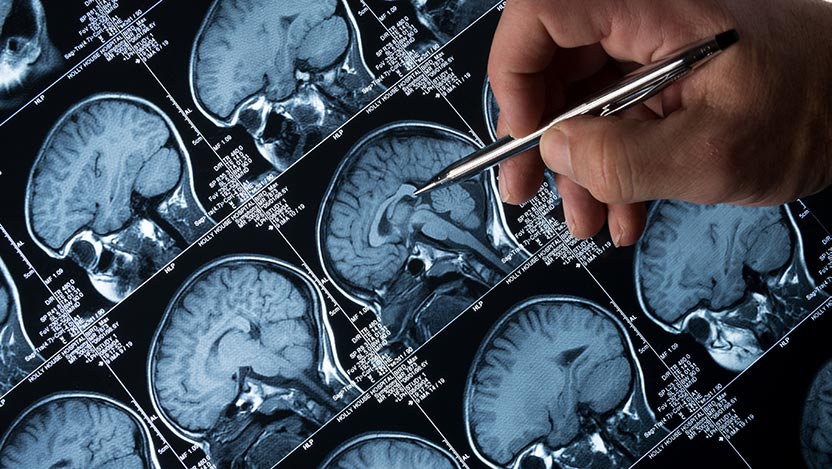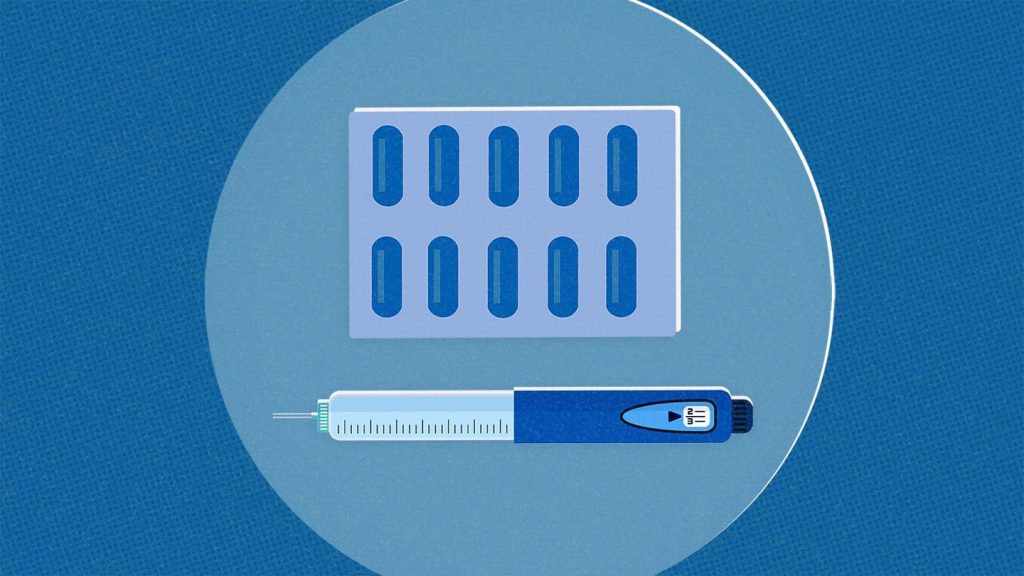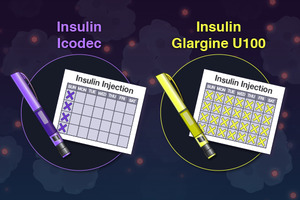When is a temperature too high for a human body?
According to research, the safest temperature range for humans is probably between 40°C and 50°C, or 104°F and 122°F, respectively.
Your body has to exert more effort to function in hotter environments. Heat-related illnesses and even mortality can result from extreme temperatures. Those who are elderly or have a chronic ailment are at higher risk, for example.

When temperatures are high, it’s crucial to take precautions to stay cool.
The reduction of ice sheets and glaciers altered geographic ranges for animals and plants, and changing seasons are just a few of the severe repercussions that the Earth is now experiencing as a result of climate change.
And this past week, scientists reported that the Earth had the warmest day ever on July 4.
What is the highest temperature that people can safely accept as a result of climate change, which is causing temperatures to rise?
Professor Lewis Halsey and a group of scientists from the University of Roehampton in London claim to have discovered what this temperature range is now.
The upper critical temperature (UCT) is most likely to range between 40°C and 50°C (104°F and 122°F), according to research that Halsey will present at the SEB Centenary Conference in Edinburgh, Scotland, from July 4–7, 2023.
The authors of the study claim that this is crucial since it has broad ramifications for workers, athletes, travelers, and medical professionals to understand the temperatures that cause our metabolic rate to increase as well as how this temperature differs for various people.
How the body is impacted by temperature and humidity
The researchers enlisted 13 healthy participants between the ages of 23 and 58 for the study. There were seven female contestants.
Each subject spent an hour relaxing while being exposed to five different temperatures. The circumstances included:
- 50% relative air humidity (RAH) and 28°C (82.4F)
- 40% RAH and 104°C
- 50% RAH and 40°C (104F)
- 50 °C (122 °F), 25% RAH
- 50% RAH and 50°C (122F)
The researchers kept track of a number of measures during each condition and at baseline, including:
- skin and internal temperatures
- systolic pressure
- perspiration rate
- a heartbeat
- respiration rate
- the amount of air that is breathed in and out every minute
- levels of movement
At 40°C (104F) and 25% RAH, the participants’ metabolic rate increased by 35%. However, at 40°C (104F) and 50% RAH, it climbed by 48%.
Although the metabolic rate was not greater in the 50°C and 25% RAH condition compared to the 40°C and 25% RAH condition, it was 56% higher than baseline in the 50°C (122F) and 50% RAH condition.
At the 40°C-25% RAH condition, the increase in metabolic rate was not followed by a rise in body temperature. Participants in the 50°C-50% RAH condition, however, noticed a 1°C (1.8 Fahrenheit) increase in core body temperature.
These results, according to the researchers, imply that the body can expel heat at 40 °C (104 °F), but not at 50 °C (122 °F).
Dr. Mark Guido, an endocrinologist of Novant Health Forsyth Endocrine Consultants in Winston Salem, North Carolina, who was not involved in the study, told us that “the findings do seem likely to vary by humidity.”
“The study found some indication that, even at the same temperature, the resting metabolic rate was higher at higher humidities. The metabolic rate appears to be significantly influenced by dampness as well, he continued.
How are metabolic rate and health impacted by climate?
Thermoneutral zone and metabolic rate may be impacted by living in various climates, according to Dr. John P. Higgins, a sports cardiologist at McGovern Medical School at The University of Texas Health Science Centre at Houston (UTHealth), who was not involved in the study.
People who live in warm climates typically acclimatise and don’t raise their body temperature or metabolic rate as much. Similarly, Dr. Higgins noted that those who live in cool or frigid climates may react to heat exposure more strongly because they have less heat tolerance.
Dr. Ulm was also contacted, and he provided the following insight: “The body, in general, will find ways to activate the various feedback loops needed to achieve homeostasis, i.e., the painstaking regulation of physiological processes that allow for the complex biochemistry of organs and tissues to be carried out efficiently and properly.”
“Body temperature and metabolic rate are essential elements of this delicate dance, and it may be more likely for such opposing feedback loops to be active and functional in people who live in hotter areas year-round. This could be attributed to both heritable factors for populations that have endured these conditions over an extended period and, more generally, short-term adaptations.
It’s comparable to how people who live permanently in high-altitude locations will adjust through compensatory mechanisms, such as in their red blood cell physiology and other characteristics of oxygen-carrying ability, both acutely as through iron turnover rates and chronically.
What are the study’s constraints and key findings?
Dr. Ulm and I discussed its limits.
As is typically the case with these kinds of studies, the issue of how representative the cohort sample of participants is of both the general and the targeted populations is raised in relation to the physiological traits and reactions being assessed.
“The studies, in this case, were also particularly challenging given the ambient conditions, and there is also the perennial issues of the applicability of the experimental environment to real-world correlates,” he continued.
The main finding, according to Dr. Guido, is that greater heat stress does appear to increase the resting metabolic rate by increasing how hard the body must work to stay cool, especially by causing a significant increase in heart rate. It is difficult to draw practical conclusions from a small laboratory study, he added. This could very well result in an increase in cardiovascular disease by placing extra strain on the heart if it remains true under real-world circumstances, he said.
Further research is required, Dr. Higgins continued, “Also, might it be advantageous for weight management to perform exercise in warmer temperatures indoors or outdoors to boost metabolic rate and thus burn more calories.”
How to safeguard oneself?
According to Atkinson and Ali, some methods for avoiding excessive heat include the following:
- Take in plenty of water to stay hydrated. Ali also advised against drinking alcohol and coffee because they can dehydrate you.
- Wear lightweight, loose-fitting clothing in lighter colors. According to Ali, this enables sweat to dissipate and cool your body.
- When it’s hot outside, try to stay inside. According to Atkinson, the hottest part of the day is often from 11 a.m. to 3 p.m.
- Keep the air in your house or office well-ventilated. Ali recommended using fans or air conditioners to stay cool.
- To keep the sun out, close your curtains. For windows that face the sun, you should do this especially, according to Atkinson.
On warm days, stay away from strenuous exertion. This can quickly boost your core temperature, increasing your risk of heat exhaustion or heat stroke, according to the Academy of Nutrition and Dietetics.
Observe heat advisories and local weather forecasts. When extreme weather events are expected, the National Weather Service issues heat alerts.
Ali said that it’s crucial to keep an eye on those who are most susceptible, such as the elderly and those who are suffering from chronic illnesses, to make sure they can maintain their composure.
“If necessary, seek medical attention for severe symptoms or [seek] shelter in designated cooling centers during heatwaves,” he advised.
REFERENCES:
- https://www.medicalnewstoday.com/articles/how-hot-is-too-hot-for-the-human-body-heart-metabolic-rate
- https://www.healthline.com/health-news/the-earth-just-hit-a-heat-record-how-hot-is-too-hot-for-hum
- https://www.technologyreview.com/2021/07/10/1028172/climate-change-human-body-extreme-heat-survival/
- https://newhampshirebulletin.com/2022/07/15/how-hot-is-too-hot-for-the-human-body/
For Fever treatments that have been suggested by doctors worldwide are available here https://mygenericpharmacy.com/index.php?therapy=77








